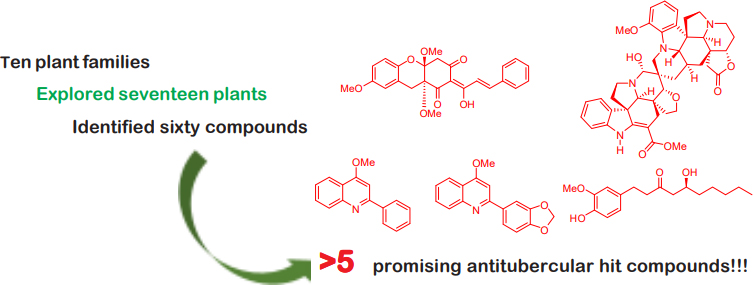
VOLUME 63 : 2015
VOLUME 63 : 2015
ACTA MANILANA publishes research and innovation in the different branches of the natural and applied sciences. It reports significant development in the discipline, and novel applications, unconfined by the traditional coverage of the disciplines.
Synthesis and characterization of graphene-supported Pd/Ni/Sn electrocatalyst for direct ethanol fuel cells
Page 7-15
Jan Rotsen Kyle A. Delos Santos, Arvee M. De Jesus, Joshua L. Tan, & Bernard John V. Tongol
ARTICLE DOI: https://doi.org/10.53603/actamanil.63.2015.rpfq8926

Graphical Abstract
Abstract
Direct ethanol fuel cell can serve as alternative to fossil fuels because it is renewable and environmentally-friendly with a high energy conversion efficiency and low pollutant emission. In line with this, an effective anode electrocatalyst should be present which will facilitate the oxidation of the fuel (e.g. ethanol). This study aims to synthesize and characterize a graphenesupported Pd/Ni/Sn electrocatalyst for ethanol oxidation. Modified Hummer’s method was used to produce graphene oxide. The Pd/Ni/Sn supported on reduced graphene oxide (RGO) was synthesized using borohydride-facilitated reduction method. Optimization of the product showed that 12 h of reduction time as well as sequential addition of Sn, Ni, and then Pd to the RGO support with atomic ratio kept at 3:2:2 (Pd, Ni, and Sn, respectively) generated the highest maximum current density of 12.64 mA-cm–2 at a scan rate of 50 mV-s–1. AFM analysis of the synthesized graphene as well as the Pd/Ni/Sn/RGO catalyst composite indicated graphenelike structures having a thickness of 6–8 nm as well as bright particles that could be indicative of metallic particles with an average particle size of 30–40 nm. The synthesized Pd/Ni/Sn/ RGO electrocatalyst proved to be effective in facilitating ethanol oxidation in alkaline medium.
Keywords: direct ethanol fuel cell, graphene oxide, Pd/Ni/Sn/RGO electrocatalyst, ethanol oxidation
FOLLOW US
-
Research Center for the Natural and Applied Sciences
Thomas Aquinas Research Complex Building
University of Santo Tomas España, 1015 Manila, Philippines -
TL: (+63 2) 3406-1611 local 4037
DL: (+63 2) 8731-4031 - actamanilana@ust.edu.ph

© 2021 University of Santo Tomas, Acta Manilana. All rights reserved
Powered by: Communications Bureau